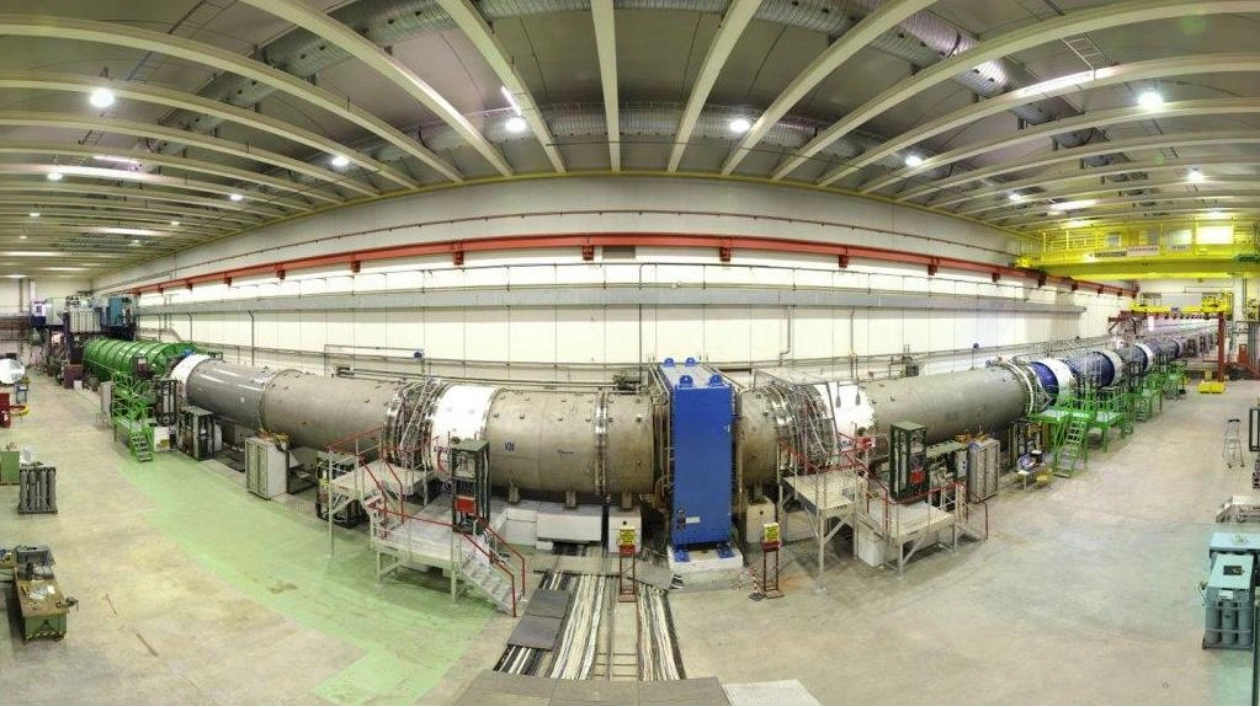Scientists have made a groundbreaking discovery involving the rarest particle decay ever observed. They have confirmed a unique type of decay in subatomic particles known as kaons. Further investigation into this rare decay could potentially uncover a flaw in the standard model, the physicists' cornerstone theory of subatomic particles. This decay is referred to as the “golden channel” due to its rate being highly predictable by the standard model. The NA62 experiment is designed to test this precise prediction.
Science News is currently gathering reader inquiries about navigating our planet's evolving climate. What are your questions regarding extreme heat and its role in triggering extreme weather events?
“If the results are inconsistent, it would be a clear indication of new physics,” explains Cristina Lazzeroni, a particle physicist involved in the experiment. NA62 seeks to detect the decay of positively charged kaons by directing high-energy protons at a target at CERN, near Geneva, and observing the resulting kaons and their decay products.
Scientists from the NA62 experiment reported on September 24 at a CERN seminar that kaons decayed via the golden channel approximately 13 times per 100 billion decays. This frequency is about 50 percent higher than the standard model's prediction, according to Lazzeroni from the University of Birmingham. However, given the precision of the measurement, “it remains consistent with the standard model, for now.”
In this ultrarare decay, a kaon produces a pion along with two lightweight, electrically neutral particles: a neutrino and its antimatter counterpart, an antineutrino. The most common decay of a charged kaon involves producing a neutrino and a muon.
A previous NA62 result hinted at the golden channel decay, but this latest measurement exceeds the statistical significance required for discovery, a milestone known as five sigma. NA62 will continue collecting data and aims to deliver a more precise measurement in the future, which should more definitively confirm the standard model's accuracy. Another experiment, KOTO, is also working to pinpoint a different rare kaon decay.
We are at a pivotal moment, and supporting climate journalism has never been more crucial. Science News and its parent organization, the Society for Science, need your support to enhance environmental literacy and ensure our response to climate change is grounded in science.
Please consider subscribing to Science News and adding $16 to expand science literacy and understanding.






